Growing small leaves on your apple bonsai can be simple and fun. Getting small leaves on your apple bonsai is not very hard.
You may wonder why small leaves matter. By giving your tree this look, you are giving it the right shape and beauty it needs.
To achieve this, you don’t need fancy tools or lots of experience, and it also does not cost you much.
We’ll show you, step by step, how to achieve a beautiful shape and small leaves on your bonsai tree. But you have to be patient.
Small leaves take time to grow, so look over these easy steps, and soon, your apple tree will have the tiniest, most adorable leaves you can think of.
Why Apple Trees Make a Good Bonsai
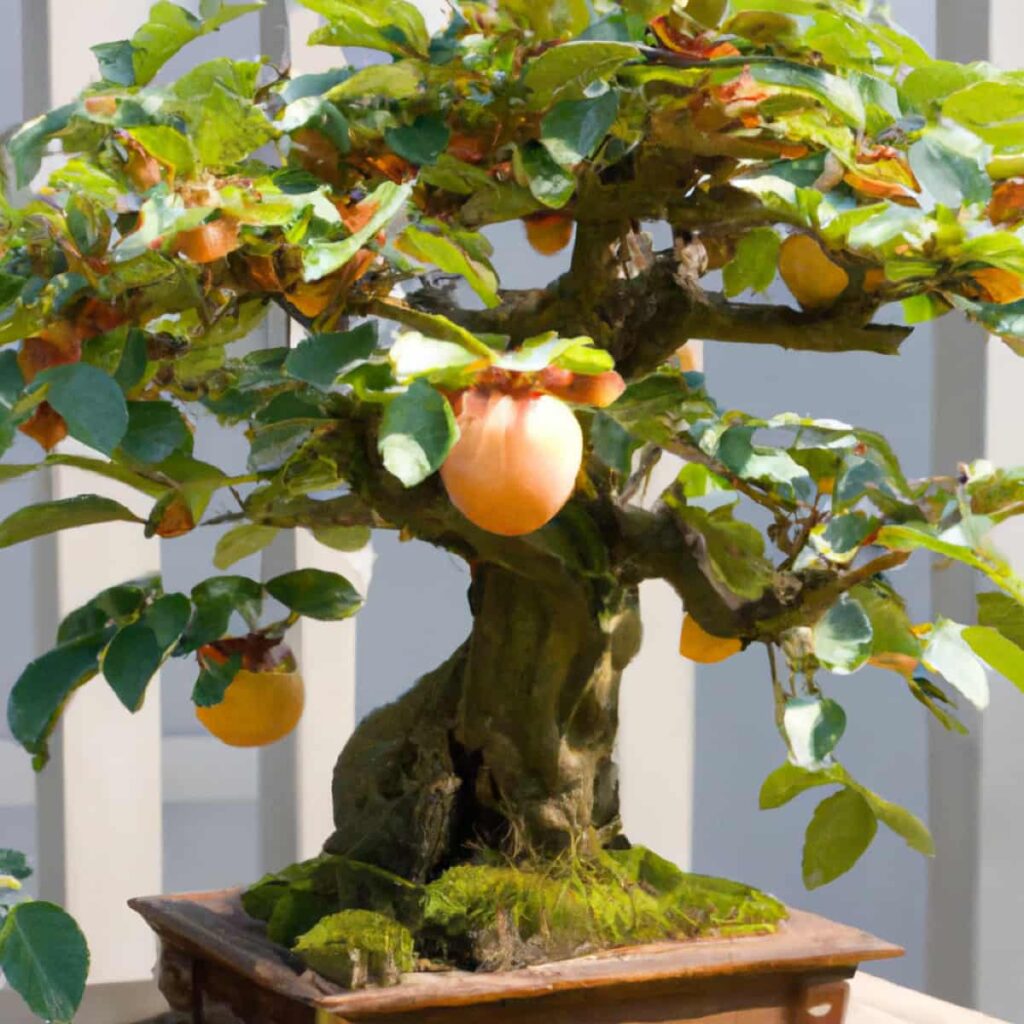
Apple trees are good for making small apple bonsai trees. They have small leaves and pretty flowers.
These trees are simple to find and grow, which is great for people just starting. Apple bonsai also makes tiny apples, which make your little garden look even nicer.
So, if you’re new to bonsai, consider trying an apple tree.
You can find them easily, and they are a good choice for beginners because they are easy to take care of and make your garden look beautiful.
Apple Tree Bonsai: Shaping and Maintenance
Shaping and maintaining your apple bonsai tree involves careful pruning and consistent care to ensure it remains healthy and aesthetically pleasing.
Special attention should be given to pruning techniques that encourage the growth of smaller leaves, enhancing the miniature appearance of your bonsai.
To ensure your apple bonsai stays strong and healthy, you should cut its branches sometimes.
If you see any branches that are not alive or too small, you should take them off.
This helps the sunshine reach all the right places. Remember to give it water when the dirt gets dry, but don’t give it too much, or it might get too wet.
Also, it’s good to give your tree a new pot every few years. This will make your tree very happy and keep it growing nicely.
Follow these simple steps, and your apple bonsai will be in great shape.
- Pruning: Pruning means cutting branches to shape your tree. Trim branches that grow too long or cross each other. This helps your apple bonsai look neat and pretty.
- Training: Training your bonsai means guiding its growth. Use wires to bend branches gently into the shape you want. Be patient. It takes time.
- Wiring: Wiring is a bit like using strings to shape your tree. Be gentle, and don’t hurt your bonsai. Use soft wire, and be careful not to leave marks.
- Soil: The soil for your apple bonsai should be easy to drain. It means the water shouldn’t stay in it for a long time. You can mix regular potting soil with sand to make it right.
- Position & Temperature: Put your bonsai where it gets sunlight, but not too much. Apple trees like some shade, too. They don’t like extreme heat or cold, so keep them in a comfortable spot.
- Fertilizing: Feed your apple bonsai with a balanced liquid fertilizer once a month during the growing season (spring and summer). But go easy on the food they don’t need a lot.
- Indoor or Outdoor Growing: You can grow your apple bonsai indoors or outdoors. If it’s inside, ensure it gets enough light from a window. If it’s outside, protect it from strong winds.
Planting Bonsai Apple Trees
- Choose the Right Pot: Pick a small and shallow pot for your bonsai apple tree. It should have drainage holes to prevent overwatering.
- Select a Healthy Sapling: Start with a healthy young apple tree sapling. Make sure it’s disease-free and has a strong root system.
- Prune the Roots: Gently remove the sapling from its nursery container and trim the roots to fit the bonsai pot. Use clean shears for this.
- Prepare Bonsai Soil: Use a well-draining bonsai soil mix. This helps in preventing waterlogged roots.
- Plant the Sapling: Place the trimmed sapling in the pot and cover its roots with the prepared soil. Press it gently to remove air pockets.
- Watering: Water the tree thoroughly, but avoid soaking it. Keep the soil slightly moist, not soggy.
- Sunlight: Bonsai apple trees need plenty of sun. Please place it in a sunny spot, but avoid the scorching heat.
- Fertilize Sparingly: Use a balanced, water-soluble fertilizer during the growing season, but don’t overdo it.
- Pruning and Shaping: Regularly prune the branches to maintain the desired shape. This also encourages smaller leaves.
- Patience: Growing bonsai takes time. Be patient and enjoy the process. Small leaves will develop over time as the tree matures.
Getting Small Leaves on Apple Bonsai
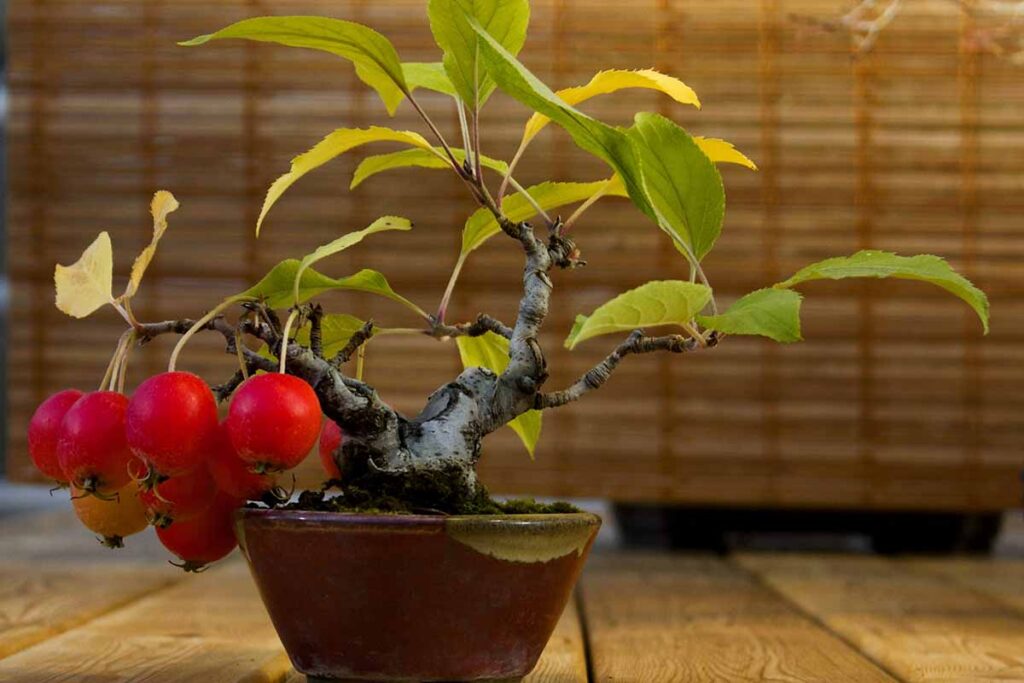
- Pruning: Regularly prune the new growth to encourage smaller leaves. Cut back to just above a leaf node.
- Pinching: Pinch off the tips of new shoots during the growing season. This promotes branching and smaller leaves.
- Leaf Thinning: If leaves become too large, thin them out selectively. Leave only the smaller ones.
- Balanced Nutrition: Ensure your tree gets proper nutrients. Balanced growth often leads to smaller leaves.
- Proper Watering: Consistent watering helps maintain leaf size. Avoid extremes of drought or overwatering.
- Sunlight Control: If leaves are too large, provide slightly less sunlight. Be cautious not to shade it completely.
Conclusion
If you want your apple tree to have small leaves, follow these steps. First, prune it, which means cutting off some leaves and branches.
This makes the tree focus on growing smaller leaves.
Second, don’t give it too much fertilizer, which can make the leaves bigger.
Third, ensure it gets enough sunlight, not too much, or the leaves might get big again.
Lastly, be patient. It takes time for the leaves to become small.
Following these tips, you can get small leaves on an apple bonsai. And it is not that hard, but don’t forget it needs some care and attention.
After this, you can enjoy the beauty of your apple bonsai.

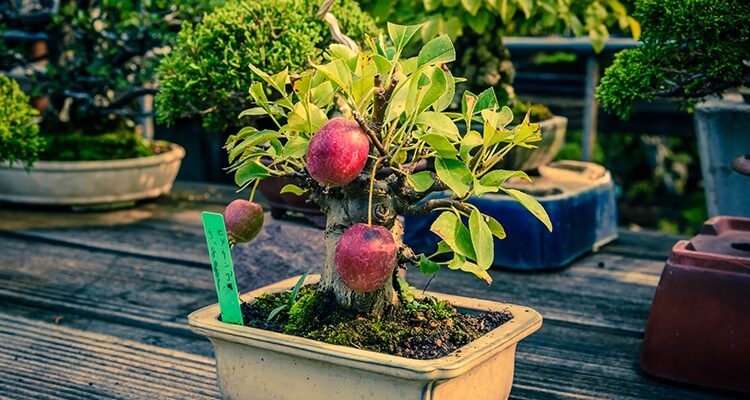
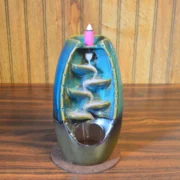


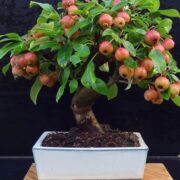


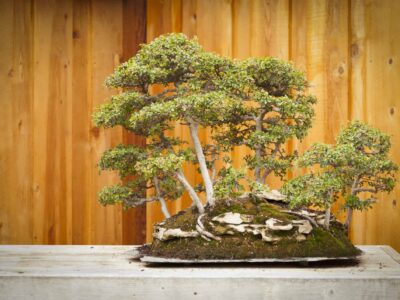
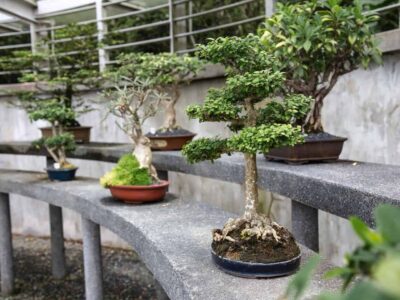
Comments